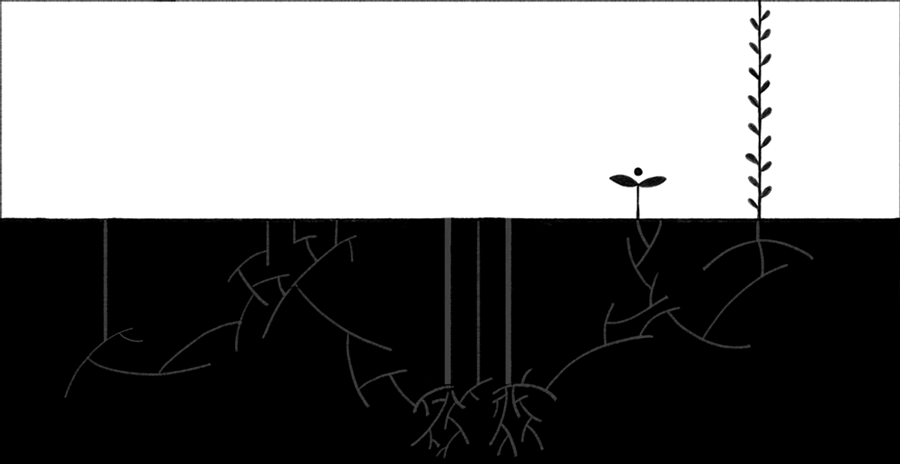by Enakshi Ganguly

“The war will end. The leaders will shake hands. The old woman will keep waiting for her martyred son. That girl will wait for her beloved husband. And those children will wait for their heroic father. I don’t know who sold our homeland. But I saw who paid the price.”
— Mahmoud Darwish
Violence, conflict, political and humanitarian crises have displaced 82.4 million people from their homes. Around the world – from Afghanistan, Ethiopia, Myanmar – women’s human rights defenders have come under attack and the wave of political violence against women in politics and media has risen.
Videos of newborn babies being moved to bomb shelters in Ukraine bring home the impact of war and conflict on children starkly. Haven’t we seen these before as other countries were bombed? Or in those that are in a state of conflict?
My parents are refugees of the partition of India, as were my husband’s parents. Mine from the east and his from the west. They saw conflict and were affected by it, for life. And yet when my father, as a young man, saw Muslims being attacked on a train going to East Pakistan (now Bangladesh) by young men in the small town he lived in, he decided to step in to stop it – alone.
The secure, protected and loving environment he grew up in as a child had imbibed the lessons of tolerance and non-discrimination – and that helped him to stand his ground as a young adult.
When I was young, I lived in, and witnessed ethnic conflict in the North Eastern State of Meghalaya, where I was born. As Bengalis, we became the targets of ethnic conflict, so my parents decided to leave – a second time. The sound of the stones on our tin roof and the shattering of glass in the windows still haunts all of us. And yet I have strongly believed that I will not hate those who stoned my home and forced us to leave. It’s sometimes hard, but we cannot give up. This has come to form the core of my work over the past three and a half decades.
While entire communities struggle, it’s the women and children who bear the brunt of conflict. Children may lose parents, grow up without the most basic services, get drawn into fighting, and suffer psychological trauma.
At the same time, conflict can find children in a variety of situations and locations, such as school, on the playground, at the practice fields, or at home. This is true of women too.
This everyday violence they are confronted with diminishes their capacity to confront or address the ones that are created by the politics of states, religion and ethnic differences. This is further complicated when state policies are based on discrimination and othering.
As we are often reminded: Peace is not just about absence of war or conflict. To these words Nelson Mandela added: “peace is the creation of an environment where all can flourish regardless of race, colour, creed, religion, gender, class, caste or any other social markers of difference.” Martin Luther King jr added: “it’s the presence of justice…”
Spinoza added: “it is a virtue, a state of mind, a disposition for benevolence, confidence, justice.” And Einstein added: “the presence of justice, of law, of order – in short, of government.” And a dear friend of mine added “presence of love and security.”
What is common to all is the presence of justice. Without respect for human rights, including protection of the rights of children as well as gender rights – a just society is not possible. Tolerance and non-discrimination is the key.
While there are international standards that address women’s rights and children’s rights in conflict, legal standards are only as good as the intent of the government that implements them, and a society that really wants to change the norms and terms of engagement.
But we cannot lose hope. We have seen across the world that women and children themselves can play an important role in peace. In India, Meira Paibi (Women torch bearers) of Manipur have led the fight against state violence and the movement for peace since 1977. Naga Mothers Association has created a platform for dialogue that brings together disparate voices; the Association of Parents of Disappeared Persons in Kashmir counts several women as leaders.
We also have the Women’s Initiative for Peace in South Asia (WIPSA), formed in 1999, which led to the exchange of women’s delegations between India and Pakistan, and brought together female writers and artists from India, Pakistan, Sri Lanka and Nepal to address peace in the region. And many are not listed here. Such initiatives are to be found in other countries and regions too. Globally, women have come together to lead the movement for peace. And yet, the role of women in official peace processes’ leaves a lot to be desired.
Children emulate what they see around them. If we want them to speak for peace, as adults, we have to instil tolerance and non-discrimination in them. We have to enable and empower them to dissent.
At the end of the day, each and every one of us is actually seeking peace, joy, absence of conflict – any conflict – so that we can be IN peace not just AT peace.
The following lines from one of the great Indian poets, Sahir Ludhyanvi, reminds us that no one can remain unaffected by conflict:
Khoon apna ho ya paraya ho
Nasl e Adam ka khoon hai aakhir
Jung mashriq mein ho ya Maaghreb mein
Aman e aalam ka khoon hai aakhir
This translates as:
Whether the blood is ours or someone else’s
It’s the human blood that is shed
Whether war is in the east or the west
It’s world peace that is killed
Enakshi Ganguly has been a human rights activist, writer and researcher for over three and a half decades. Starting out with the Indian Social Institute, she has held different positions such as the Deputy Director of Multiple Action Research Group (MARG) and Executive Director of Mobile Creches an. She is Co- Founder of HAQ: Centre for Child Rights and was its Co Director till she stepped away making way for a new leadership team. She is Advisor to HAQ, Co-Convenor of the Working Group on Human Rights (WGHR) and on the board of several organisations including the Child Rights International Network (London) and the Gender and Child Rights Centre of the Lal Bahadur Shastri National Academy of Administration (LBSNAA). She is on the Editorial Board of two journals on child rights – Children, Youth and Environments, University of Cincinnati and Children First, Journal On Children’s Lives (Delhi Commission for Protection of Child Rights,India). She is an honorary professor at the National Law University Odisha. She is currently the Executive Director of Housing and Land Rights Network, India. She is finally rediscovering her passion in theatre, with a role in a forthcoming theatre production of performative reading.
